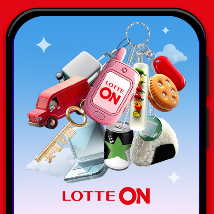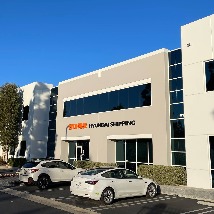Urban transportation, once a predictable realm dominated by buses, trains, and personal vehicles, has undergone a seismic shift with the advent of shared economy platforms. This article unpacks the multifaceted revolution they bring to the table, targeting urban dwellers, policymakers, and transportation enthusiasts curious about the ways technology and resource-sharing are reshaping cities. Let’s set the scene: imagine the chaos of rush hour, where every car is filled with a single driver, gridlocking streets and pumping carbon emissions into the air. Shared economy platforms are the disruptors stepping in to change this narrative—and not a moment too soon.
At the heart of this transformation lies the simple yet profound idea of optimizing unused resources. Platforms like Uber, Lyft, and Zipcar have taken the traditional notion of carpooling and turbocharged it with app-driven convenience, sophisticated algorithms, and a hefty dose of behavioral economics. Why let a car sit idle 95% of the time when it could serve multiple riders? It’s a question these platforms answer with seamless ride-sharing and vehicle access models. And it’s not just about cars. The revolution extends to scooters, bikes, and even walking routes—thanks to apps that analyze the most efficient way to traverse urban jungles.
Technology is the engine driving this change, and it’s an intricate machine. Artificial intelligence (AI) predicts demand spikes, ensures efficient routing, and matches riders with drivers or vehicles based on proximity and preferences. Machine learning algorithms crunch terabytes of data to optimize services—ever wonder why your Uber shows up faster on a Friday night? That’s data magic at work. Then there’s the Internet of Things (IoT): a vast network of sensors embedded in vehicles, parking spots, and traffic lights, all talking to each other to streamline city mobility.
But let’s not overlook the economics of sharing. For users, the cost-saving appeal is undeniable. Splitting a ride with strangers or renting a bike for a few hours is often cheaper than owning a vehicle outright. For providers, the monetization models are just as compelling. Platforms rake in revenue through commissions, subscriptions, and premium features. And for the planet? Fewer vehicles on the road translate to reduced emissions and a step closer to sustainable living—assuming we keep these platforms eco-conscious.
Of course, no revolution comes without a price. Regulatory challenges loom large, as policymakers grapple with balancing innovation and public safety. The infamous tussles between ride-hailing companies and city councils—from New York’s driver caps to London’s licensing battles—are emblematic of these growing pains. Then there’s the question of inclusivity. Are these platforms truly accessible to everyone, or do they cater primarily to tech-savvy, urban elites? Bridging this gap remains a critical task for stakeholders.
Culturally, shared platforms are reshaping how we think about ownership. Convenience is the new luxury, with younger generations prioritizing access over acquisition. Why own a car when you can summon one with a swipe? It’s a mindset shift with profound implications for industries beyond transportation, hinting at a broader societal pivot toward minimalism and efficiency.
Globally, adoption varies widely. In densely populated metropolises like Tokyo or Mumbai, shared mobility solutions thrive on sheer demand. Meanwhile, sprawling cities with underdeveloped public transit systems, like many in the U.S., present both opportunities and obstacles. Understanding these nuances is key to tailoring shared economy models for maximum impact.
Looking ahead, the possibilities seem endless. Autonomous vehicles promise to redefine shared transportation yet again, eliminating human drivers and further slashing costs. Integrating 5G technology could supercharge platform efficiency, enabling near-instantaneous communication between users and vehicles. But let’s not get ahead of ourselves; each innovation brings its own set of challenges, from ethical dilemmas around AI decision-making to the perennial need for robust cybersecurity.
So, what’s the takeaway here? Shared economy platforms aren’t just about getting from point A to point B. They’re a microcosm of broader societal changes, blending technology, sustainability, and shifting cultural values into a single, app-friendly package. The road ahead is far from smooth, but if we navigate it wisely, we’re looking at a future where urban transportation is not only more efficient but also more equitable and environmentally friendly. Now, isn’t that a ride worth taking?
'Everything' 카테고리의 다른 글
| Quantum Sensors Revolutionizing Precision Environmental Measurements (0) | 2025.04.03 |
|---|---|
| CRISPR-Cas13 Targeting Antiviral Genetic Therapies Effectively (0) | 2025.04.03 |
| Digital Advocacy Tackling Workplace Diversity Challenges Worldwide (0) | 2025.04.03 |
| Virtual Reality Transforming Elderly Social Connectivity Globally (0) | 2025.04.03 |
| Post-Pandemic Tourism Reviving Regional Economic Growth (0) | 2025.04.03 |







Comments